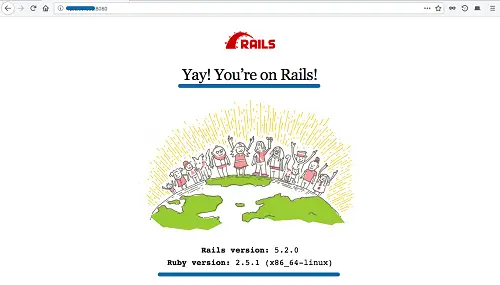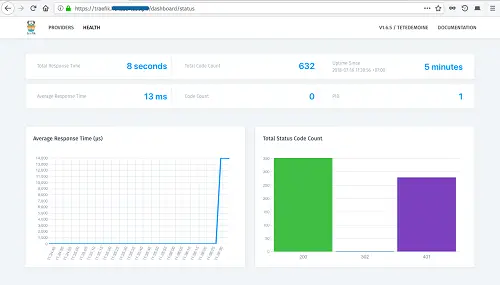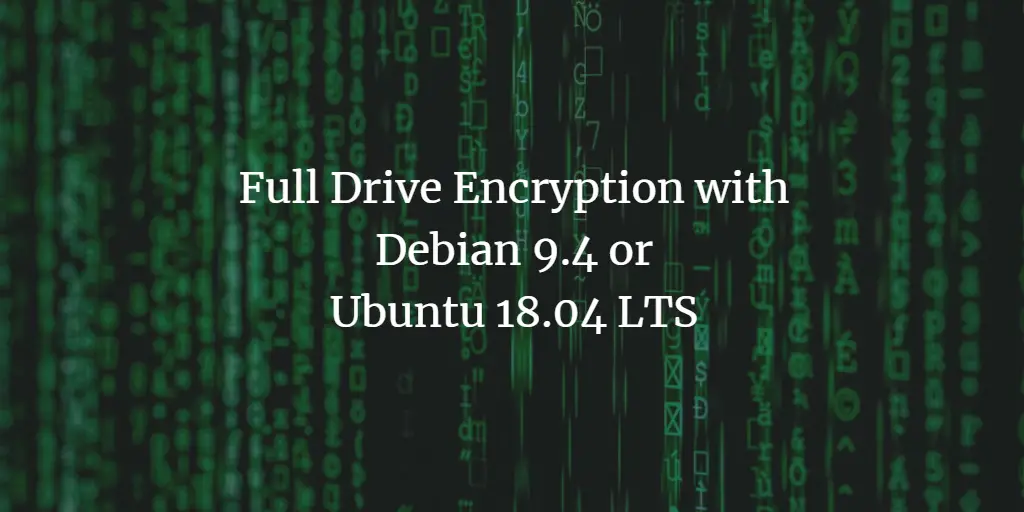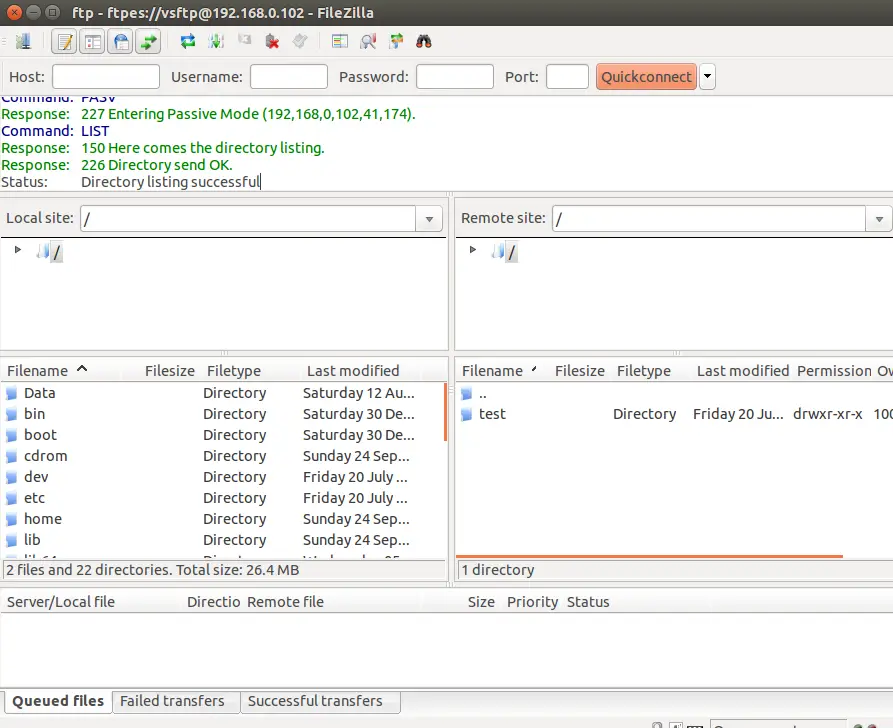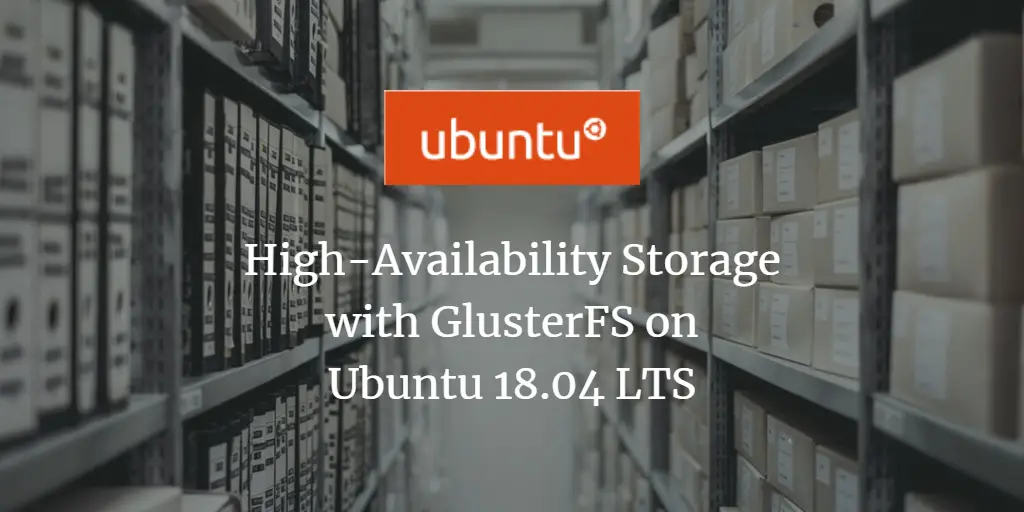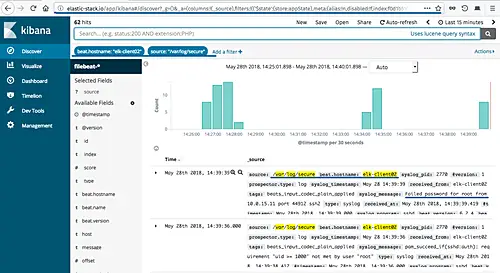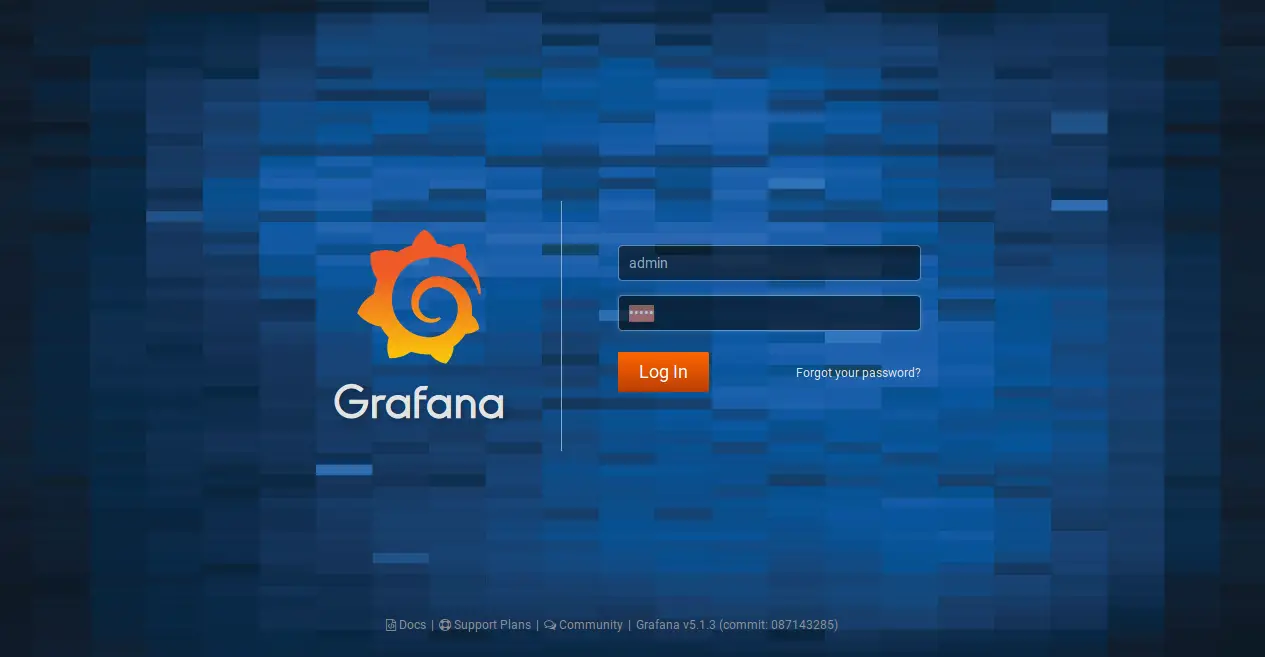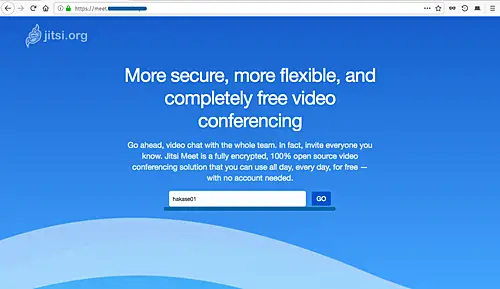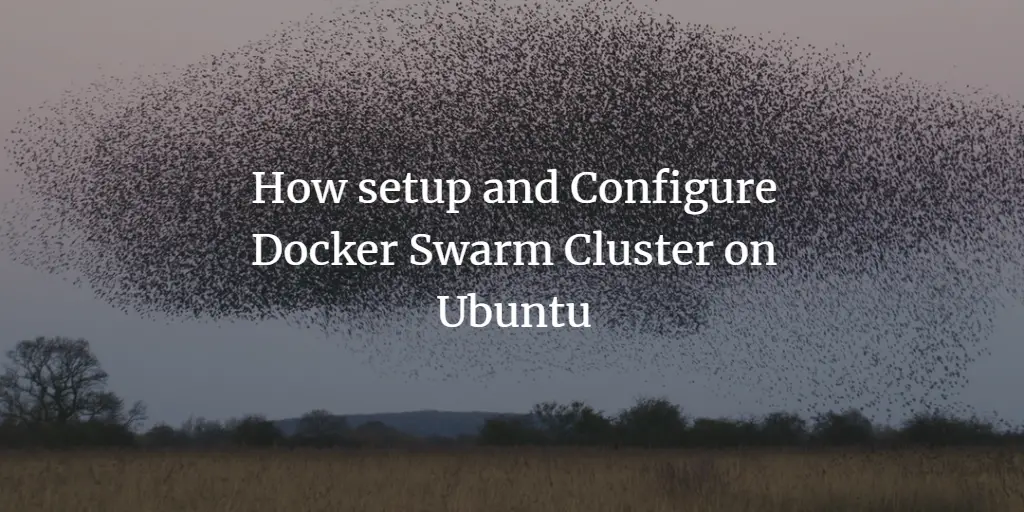Linux Tutorials on the topic “Ubuntu”
-
How to Install Nvidia CUDA Toolkit on Ubuntu 18.04 LTS
Author: Hitesh Jethva • Tags: linux, programming, ubuntu • Comments: 7Cuda is a parallel computing platform created by Nvidia that can be used to increase performance by harnessing the power of the graphics processing unit (GPU) on your system. In this tutorial, we will learn how to install Cuda on Ubuntu 18.04.
-
How to Install Ruby on Rails on Ubuntu 18.04 LTS
Author: Muhammad Arul • Tags: linux, ubuntu, web server • Comments: 14In this tutorial, I will show you how to install Ruby on Rails on Ubuntu 18.04 LTS. We will show you how to install and configure Rails with a PostgreSQL database, and how to create a new first project with Rails.
-
Docker Guide: Installing Traefik - a Modern Reverse Proxy for Microservices
Author: Muhammad Arul • Tags: linux, server, ubuntu, virtualization • Comments: 5Traefik is a modern HTTP reverse proxy and load balancer for microservices. In this tutorial, I will show you step by step how to install and configure Traefik modern reverse proxy as a Docker container on Ubuntu 18.04 LTS (Bionic Beaver).
-
-
Full Drive Encryption with Debian 9.4 or Ubuntu 18.04 LTS
Author: Chris Silva • Tags: debian, linux, security, ubuntu • Comments: 0This tutorial will show you step by step how to encrypt a full drive with Cryptsetup on Debian 9.4 or Ubuntu 18.04 LTS (Bionic Beaver). The drive that gets encrypted may not be part of an LVM volume.
-
Install and Configure VSFTPD server on Ubuntu 18.04 LTS
Author: Hitesh Jethva • Tags: ftp, linux, server, ubuntu • Comments: 11Vsftpd also known as a very secure FTP daemon is an FTP server for Unix-like systems. In this tutorial, we will learn how to install Vsftpd with SSL/TLS support on Ubuntu 18.04 LTS (Bionic Beaver) server.
-
High-Availability Storage with GlusterFS on Ubuntu 18.04 LTS
Author: Muhammad Arul • Tags: linux, server, storage, ubuntu • Comments: 11Glusterfs is a scalable network filesystem with capabilities of scaling to several petabytes and handling thousands of clients. In this tutorial, I will show how to set up a high availability storage server with GlusterFS on Ubuntu 18.04 LTS (Bionic Beaver). We will use 3 ubuntu servers, 1 server as a client, and 2 others as a storage.
-
How to Install Elastic Stack on Ubuntu 18.04 LTS
Author: Muhammad Arul • Tags: linux, monitoring, server, ubuntu • Comments: 5In this tutorial, I will show you how to install and configure Elastic Stack on an Ubuntu 18.04 server for monitoring of server logs. Then I'll show you how to install and configure 'Elastic beats' on an Ubuntu 18.04 and a CentOS 7 client server.
-
How to Install Grafana Monitoring Tool on Ubuntu 18.04 LTS
Author: Hitesh Jethva • Tags: linux, monitoring, ubuntu, web server • Comments: 2Grafana is a free and open source enterprise-level monitoring and data visualization tool with support for Graphite, InfluxDB, Prometheus, Elasticsearch and many more databases. You can create your own dashboard to your own apps or infrastructure performance monitoring.
-
How to Create Your Own Video Conference Server using Jitsi Meet on Ubuntu 18.04 LTS
Author: Muhammad Arul • Tags: linux, server, ubuntu • Comments: 23Jitsi is a set of open source projects that allow you to build a secure video conference system for your team which can be used from a web browser and mobile devices. In this tutorial, I will show you how to install your own video conference server using Jitsi meet on Ubuntu 18.04 LTS.
-
How Setup and Configure Docker Swarm Cluster on Ubuntu
Author: Muhammad Arul • Tags: linux, ubuntu, virtualization • Comments: 2Docker Swarm is a tool that allows you to deploy a cluster of Docker Hosts. It's a native clustering tool provided by Docker which provides high-availability and high-performance for your application by distributing it to all nodes inside the swarm cluster. In this tutorial, we will show you step-by-step how to create a Swarm Cluster using Ubuntu 16.04 LTS.


